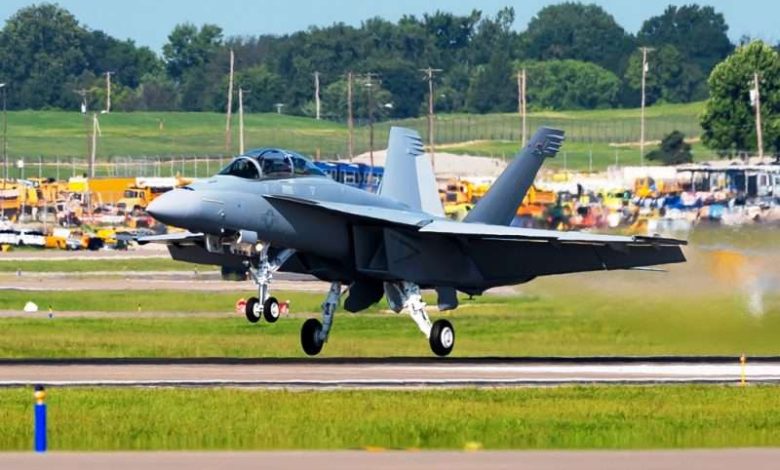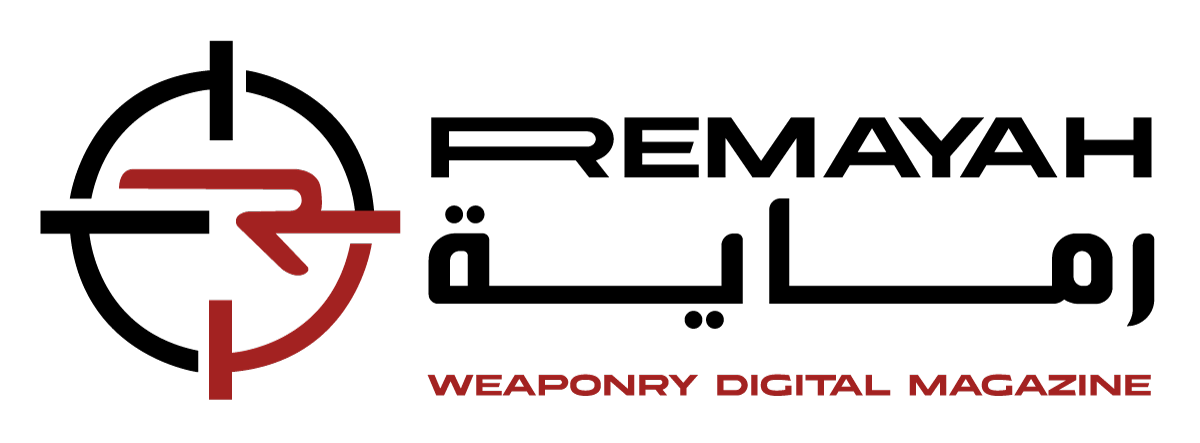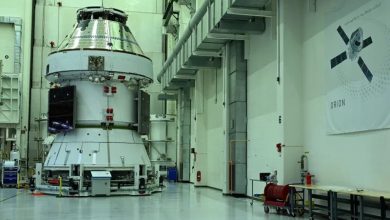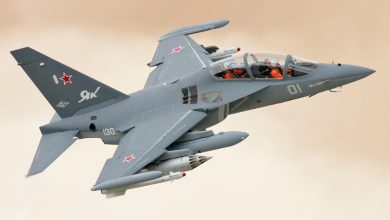
Boeing and U.S. Navy Showcase Cutting-Edge Manned-Unmanned Collaboration in Super Hornet Flight Trials
Boeing and the U.S. Navy have concluded a sequence of manned-unmanned teaming (MUM-T) flight evaluations in which a Block III F/A-18 Super Hornet proficiently exhibited command and control over three unmanned aerial systems (UAS).
Boeing systems engineers connected Block III’s auxiliary processor, referred to as the Distributed Targeting Processor – Networked (DTP-N), with a third-party tablet to collaborate with the UAS. Boeing devised new software configurations for the DTP-N specifically tailored for managing the third-party tablet and relaying commands. The software engineering, tablet integration with the fighter, and all flight evaluations were achieved in under six months.
“Block III Super Hornet is delivering on its promise of hardware – installed today – that is equipped to receive the software of tomorrow,” stated Ben LeGrand, Boeing’s director of Mission Systems. “Block III Super Hornet will assimilate third-party systems and applications with minimal alterations.”
Boeing collaborated with the F/A-18 & EA-18G Program Office (PMA-265), Air Test and Evaluation Squadrons (VX) 23 and 31, Naval Air Warfare Center-Weapons Division at China Lake, Calif., and a third-party provider for the demonstration. Throughout the test flights, F/A-18 pilots input commands into the tablet, which were processed and transmitted via Block III’s hardware. The UAS executed every command issued by F/A-18 pilots during evaluations over a fortnight.
“This prosperous MUM-T demonstration signifies a notable advancement towards the Navy’s vision for Distributed Maritime Operations. It underlines the capacity of unmanned systems to broaden and augment the Navy’s operational range,” remarked Scott Dickson, Boeing’s director for Multi-Domain Integration. “As a component of a Joint All-Domain Command and Control network, teams of UAS performing ISR missions led by the most advanced Super Hornets equipped with network-enabled data fusion and superior capabilities would offer warfighters throughout the Joint Force a substantial informational advantage.”
Featuring the largest digital touch screen in any fighter cockpit, the F/A-18 stands as an industry frontrunner in the progression and implementation of the hardware and computing power necessary for future digital capacities and expansion. The auxiliary processor facilitating the demonstration contributes considerable processing capabilities to the F/A-18’s mission processing suite.
“Future fighter aviators will serve as the quarterbacks of the skies, coordinating commands and managing UAS from the integrated Block III touch-screen cockpit,” stated Mark Sears, Boeing vice president and program manager of F/A-18, EA-18G initiatives. “Block III Super Hornet is the gateway to the future and serves as a risk minimizer for the Navy that is delivering on teaming, networking, and interoperability now.”






